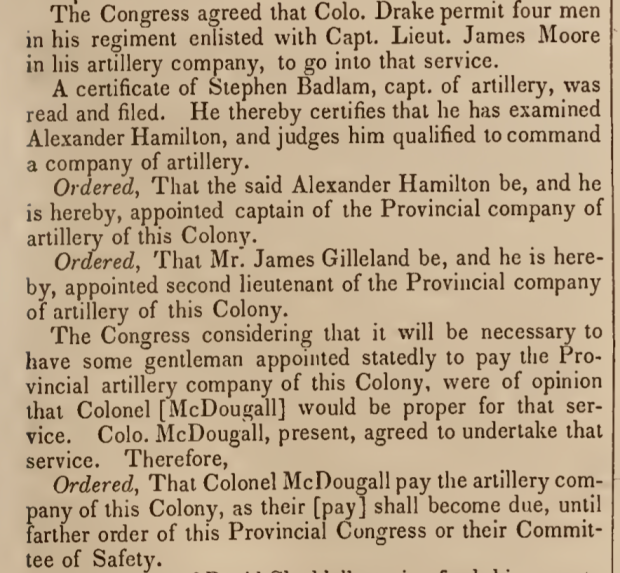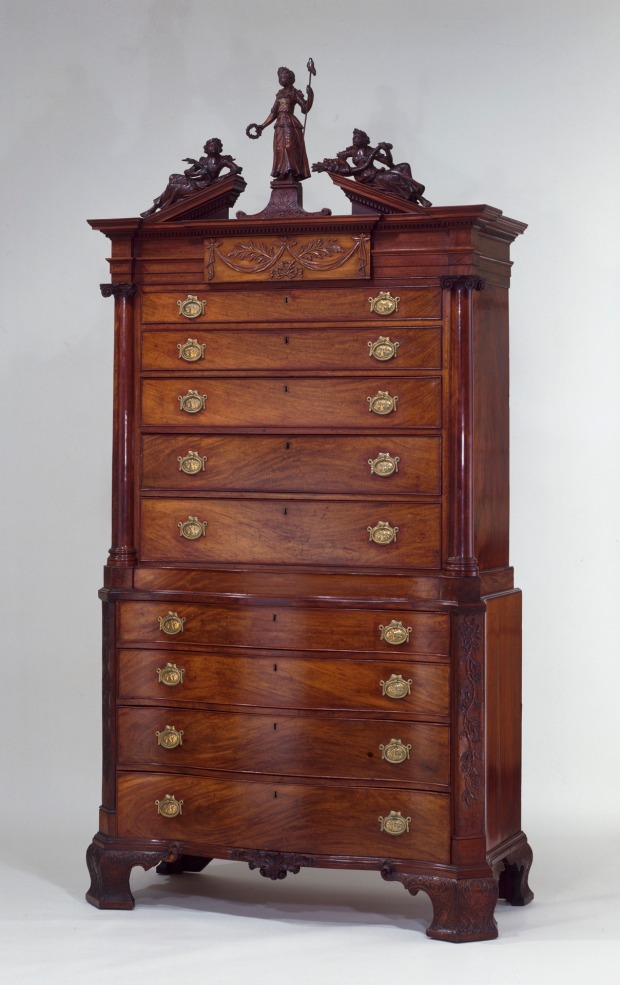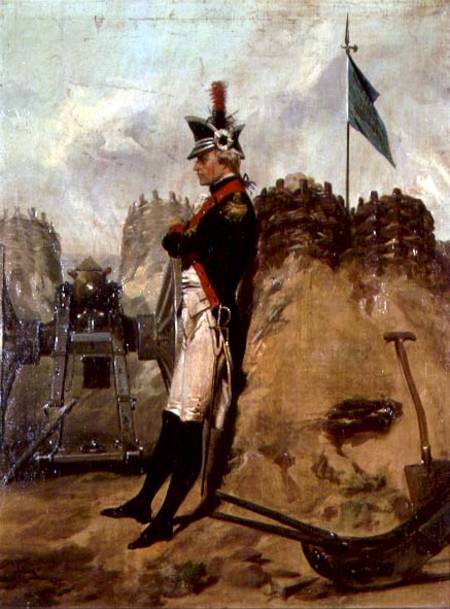For the past year or more, just about everything having to do with Alexander Hamilton has taken off due to—do I even have to mention it?!—the musical about his life.
The fact that he was an artillery officer has not escaped my notice. The best place to start then, is probably at the beginning–Hamilton’s commission as an artillery officer.
On 14 March 1776 (I know, I missed posting this on the actual anniversary!), the Committee of Safety of the New York Provincial Congress appointed Hamilton “captain of the Provincial company of artillery of this colony.”[1]
Hamilton’s commission seems to have had its roots in his friendship with Alexander McDougall, a Scottish immigrant and successful businessman. Hamilton had known McDougall since a meeting of the Sons of Liberty on 6 July 1774 on the Common near King’s College (now Columbia University). McDougall chaired the meeting, and Hamilton gave a stirring, pro-Patriot speech that is remembered as the first significant piece of political oratory in Hamilton’s life.[2]
Hamilton’s interest in military service first took form in 1775, when he joined a group of volunteers in a pro-Patriot militia called the Hearts of Oak, which drilled in a cemetery. In August 1775, Hamilton and the Hearts of Oak took part in a raid on the Battery, stealing some two dozen British cannons.[3]
In early 1776, now a commissioned officer in the Continental Army and prominent member of the New York Provincial Congress, McDougall recommended Hamilton for a commission.[4] Though this recommendation was made on 23 February, and the Committee of Safety was supposed to approve the recommendation on the next day, no action was taken until 14 March.

Alexander McDougall recommends Alexander Hamilton for a commission in the artillery (from the journals of the New York Provincial Congress for 23 February 1776).
On that date, the Committee read a letter from Stephen Badlam, a captain of artillery, testifying that Hamilton was fit for duty as an artillery officer. Then, the Committee appointed Hamilton commander with James Gilleland as second lieutenant. Later, Hamilton’s friend Hercules Mulligan supposedly said that Hamilton’s commission depended on recruiting 30 men, and that in the very first day he and Hamilton had recruited 25. From other parts of the Committee’s journal, it seems like an artillery company typically had 5 officers and 95 enlisted men. Supposedly, 68 men were eventually recruited for Hamilton’s company.[5] Hamilton was 21 years old at the time he was commissioned.

Alexander Hamilton is appointed captain in the New York Provincial Company of Artillery (from journals of the New York Provincial Congress for 14 March 1776).
Characters on the periphery of this story have their own interesting stories. Badlam became a cabinet and furniture maker whose work is held by the Met in New York and displayed in the Yale University Art Gallery. Gilleland (also spelled Gilliland) would leave the artillery, become an officer of sappers later during the Revolution, and earn Hamilton’s praise for removing obstacles during the Battle of Yorktown in 1781.[6]

1791 chest with cabinets made by Stephen Badlam. Now in the Yale University Art Gallery.
The “Provincial company of artillery” that Hamilton would eventually command was originally formed two months prior. On 6 January, the Committee members “took into consideration the defenceless state of this Colony and the capital thereof, and that they have not any proper persons to use and manage the field artillery of the Colony…” Therefore, the Committee resolved “That it will be useful and necessary for the general defence of the Colony to raise and employ an artillery company…”[7]
Under Hamilton, the New York Provincial Company of Artillery took part in the Battles of White Plains, Trenton, and Princeton. According to Princeton University lore, Hamilton’s gunners shot a cannonball through a window of the university’s main building, Nassau Hall, and decapitated a portrait of King George II. When Hamilton accepted a position on George Washington’s staff in March 1777, command was turned over to Lt. Thomas Thompson, a former sergeant in the unit whom Hamilton commissioned. The U.S. Army’s Center of Military History traces the lineage of the New York Provincial Company of Artillery down to the 1st Battalion, 5th Field Artillery, making it the oldest active unit in the regular U.S. Army.[8]

Alexander Hamilton (1757-1804) in the Uniform of the New York Artillery by Alonzo Chappel.
[1] Journals of the Provincial Congress, Provincial Convention, Committee of Safety and Council of Safety of the State of New-York. 1775-1776-1777 (Albany: Thurlow Weed, 1842), vol. 1, 359.
[2] Ron Chernow, Alexander Hamilton (New York: Penguin, 2004), 55.
[3] Robert K. Wright, Jr., and Morris J. MacGregor, Jr., Soldier Statesmen of the Constitution (Washington, D.C.: U.S. Army Center of Military History, 1987), 94-96; Willard Sterne Randall, “Hamilton Takes Command,” Smithsonian Magazine (Janaury 2003), accessed March 26, 2017, http://www.smithsonianmag.com/history/hamilton-takes-command-74722445/.
[4] Journals of the Provincial Congress, 321.
[5] Chernow, Alexander Hamilton, 73; Journals of the Provincial Congress, 239.
[6]“General Orders, 13 March 1779,“ Founders Online, accessed March 26, 2017, https://founders.archives.gov/documents/Washington/03-19-02-0459.
[7] Journals of the Provincial Congress, 239.
[8] Randall, “Hamilton Takes Command”; Organizational History (Fort McNair, D.C.: U.S. Army Center of Military History, 1999), 29.